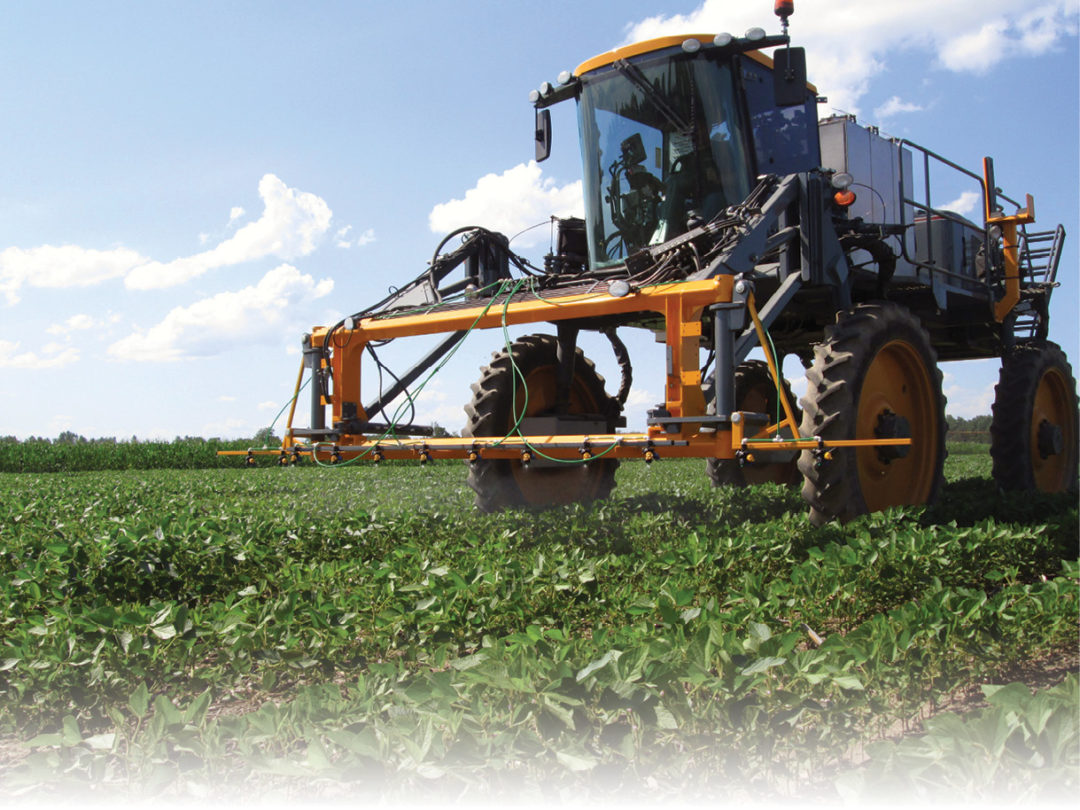No-Till Farmer
Get full access NOW to the most comprehensive, powerful and easy-to-use online resource for no-tillage practices. Just one good idea will pay for your subscription hundreds of times over.

Foliar feeding corn and soybeans remains a controversial subject in some corners of agriculture, but not to an increasing number of farmers who are using the practice to fine-tune fertilization strategies to maximize yields.
Most university research indicates that because only small amounts of nutrients can enter leaves, foliar feeding can’t provide adequate nutrition to positively impact yields — especially regarding macronutrients.
But foliar advocates contend that proven compounds, properly applied, work with plant physiology to optimize utilization of nutrients in a more balanced, efficient, quicker and continuous manner.
“Look at feeding your crops like feeding a herd of cows,” says Jeff Littrell. “Are you going to give those cows all the feed and forage they need for the year at one time? Does that make sense? Your crops are a lot like that herd of cows — to get the most out of them, you need to provide nutrition throughout the growing season.”
Littrell is a Stewartville, Minn., no-tiller whose company, FHR, develops nutrient-management products and conducts agronomic research. One of his clients is Bowling Green, Ohio, no-tiller Scott Apple, who experimented with foliar nutrient applications for several years before integrating foliar feeding into his nutrient management in earnest for the past 3 years.
“I’ve used foliars primarily on soybeans, but I’m planning to use them more extensively on corn this year, and I’ve done some foliar work with soft red winter wheat in a high-management program,” Apple says. “I don’t have any doubts that foliar feeding has put…